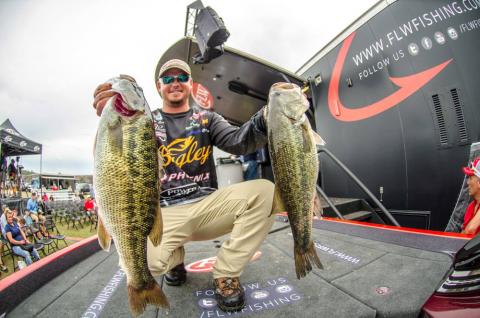Kevin Keen | Originally published in GameKeepers: Farming for Wildlife Magazine. To subscribe, click here.
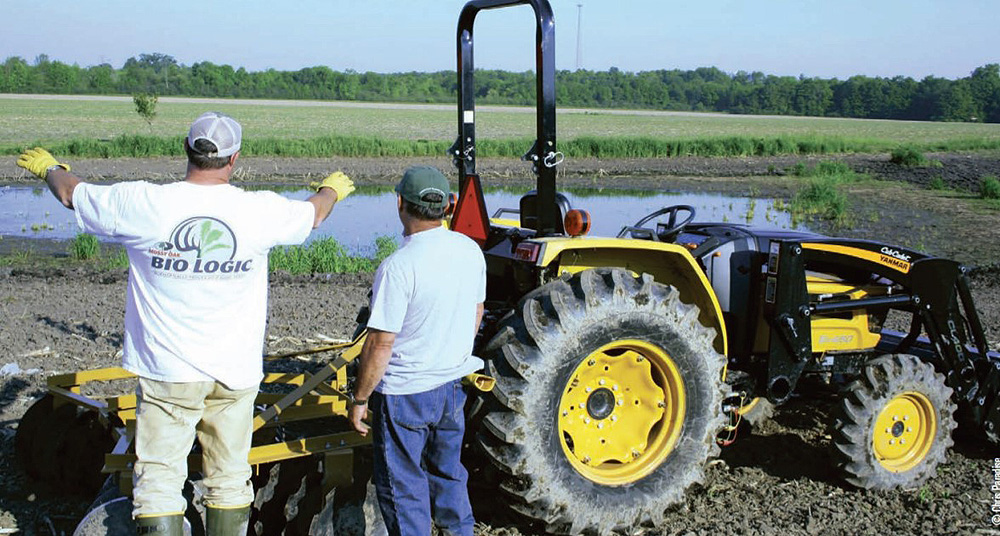
So often landowners believe they can add a little water to a property and the ducks will come in swarms. While this may be true in some cases, most often it’s not that cut and dry. Waterfowl properties require management and sometimes quite a lot if they are to maximize their potential.
Waterfowl hunting is something I’ve been consumed with for many years. I’ll never forget the very first hunt I went on as a young teenager with the gentleman that has been just like a dad to me, Mr. Chuck Long. I don’t remember all the details of that hunt, but I remember to this day what field it was in and I know I was the only one that could shoot at ducks (it was youth weekend in Arkansas) which actually piled extra pressure on me. I remember a single hen coming into the decoys and I flat missed her. I was disheartened until the next duck, a mature drake, came through and I killed him clean. We finished out that day with a few Canada Geese and that hunt began my love of waterfowl hunting.
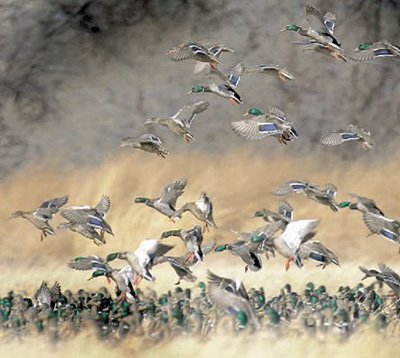
where possible, but crops are sometimes an excellent
option. Here you see the results of planting BioLogic’s
Guide’s Choice.
My passion for hunting, the outdoors, and directly experiencing an outdoor related career through Mr. Long led me down the path to a “Bachelor’s in Wildlife Ecology and Management” and a “Master’s in Biology” immediately following. I’m incredibly blessed at this point to be in a place where I literally consult with landowner’s on a daily basis being a part of Mossy Oak Properties-Delta Land Management Company in North Little Rock, Arkansas. I also do some private lands consulting and that helps keep my hands dirty. The best part of all of this is that I am now able to be involved in “waterfowling” whether through preparation or hunting, almost year-round.
Since duck season is now past, it’s the perfect time to discuss strategies for making next year even better. I’ll first say, it’s impossible to cover everything in detail, but I’ll hit on some high notes.
Frankly, far too often you see everybody just “pull the boards” or otherwise de-water every square inch of their property where possible on the last day of the season. If we’re going to be true sportsman and enjoy harvesting waterfowl we need to help them be prepared for the long journey back to the breeding grounds and that includes keeping some water around. Of course agricultural technology these days often allows farmers to get in the fields and plant sooner than ever before, but it’s important to leave water in the fields as long as reasonably possible.
It’s true that flooded bottomland hardwood tracts require dewatering after season and preferably before the trees begin to green up to prevent mortality. This means you can’t leave the water too long, but it also doesn’t mean you have to dry your whole place by the first day season is out. If you only have one tract it’s hard to do, but you’re better off leaving your hardwood tracts dry every 3 or 4 years to prevent excessive tree mortality over time. I’d argue that moist soil units (MSUs) require the most attention in the spring. One great thing about MSUs and other naturally wet areas is you won’t do any harm by leaving the water on for several weeks after duck season.
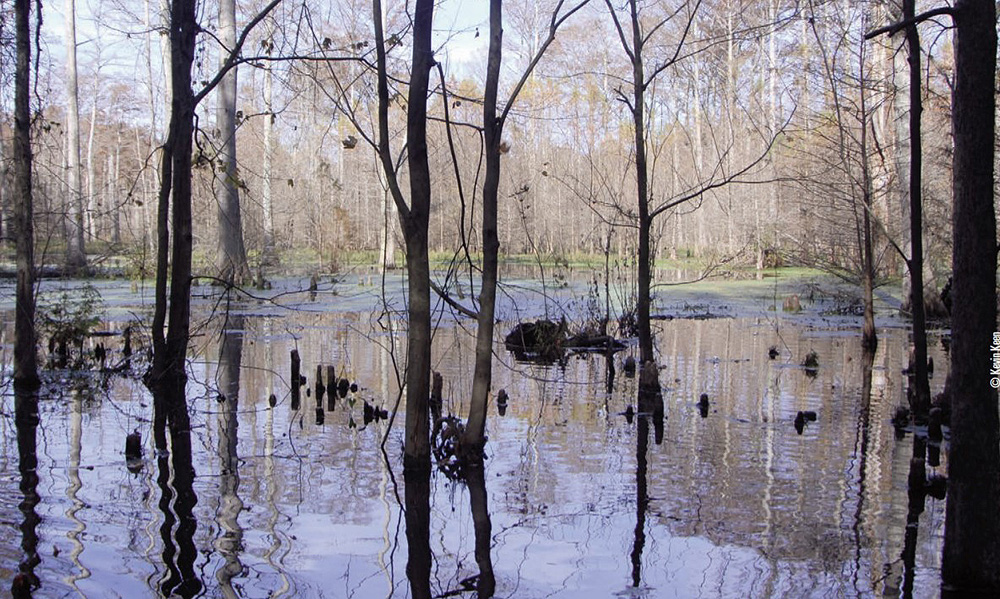
It’s widely accepted that there are three primary drawdown periods for MSUs; 1) Early, which is mid-March through the first of May (first 45 days of the growing season) 2) Mid-season, which is roughly May 1st and ends in mid-June (second 45 days of the growing season). And 3) late season, which takes place after mid-June (last 45 days of growing season).
During your drawdown periods you basically have two options; a fast drawdown where you pull all the boards at once or a staged drawdown where you pull boards slowly. Typically a slow drawdown in the early or mid-season is the best option to get the most native seed production. Stretching out this drying period also continues to provide wildlife habitat well into the spring.
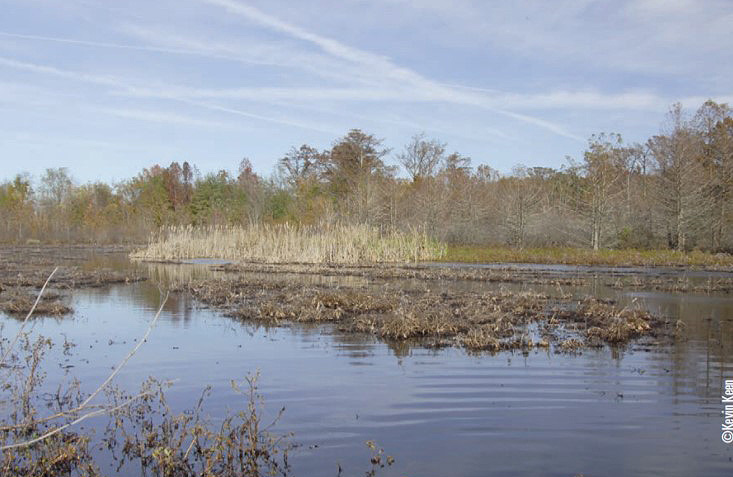
Your water-control strategies help reduce unwanted vegetation, but every 3rd year or so you’ll need to either burn the MSU or turn the soil to keep your favorite hunting spot from turning into a buttonbush thicket. This also acts to reset your succession to keep early successional seed producers coming back year after year. Wildlife like diversity and if you can get your units on a rotation where you have some freshly tilled, some one year post tilling, and the remainder two years post tilling you’ll have a distinct advantage. This type of setup will provide all the types of succession ducks not only require, but prefer - making your hunting that much better.
While managing natives using the above water strategies, along with fire or tilling, is typically cheaper and provides a more balanced nutrition than grain crops, sometimes planting is a great option. Freshly built MSUs are a perfect example of where you may want or need to plant grains the first year. One WRE project I worked on last summer, for example, didn’t get dirt panned until late June. Being completed this late didn’t leave sufficient time for natives to establish, so millet was the choice due to its quick maturation time. These areas were air seeded and have done very well for a first year planting.
Another place that was perfectly suited for millet this year was a lease I put together in Woodruff County, AR. It’s a 200 acre impounded cypress slough that didn’t get dry until August. Again, millet was perfect due to its characteristically fast maturity. I’m a firm believer in managing your natives when and where possible, but crops are sometimes an excellent option.

Additional habitat types that can produce great numbers of waterfowl, but still require management, are sloughs, bayous, and beaver ponds. I was involved in several projects on these types of tracts last summer that required a lot of work and gallons of sweat, but they paid off immensely during hunting season.
I began the summer helping my broker on his place, Prairie Cypress Farms, with a recently enrolled Wetland Reserve Easement project. Within the boundaries of the easement is a beautiful cypress slough that has been dammed over time by beavers. While they have created an incredible waterfowl habitat, it has become completely choked with vegetation over time. Although native vegetation is highly beneficial to waterfowl through seed and invertebrate production, it can become a problem when it mats so thick a duck literally doesn’t have a place to land. I was very fortunate to be invited on some incredible hunts on this farm during the 2014-2015 season, but we knew some vegetation management would enhance the potential tremendously.
Managing vegetation this day in time seems easy right? Just spray with glyphosate and be done, correct? It sounds easy in theory, but it doesn’t always work by the book. We looked into an aerial application with a crop duster or helicopter, but the pilots were too concerned with drift. It was too thick to get a boat through so I simply donned a pair of 5mm neoprene waders in over 95 degree heat and went to town. I could only handle 15-20 minutes at a time and made a total of three trips into the slough. We were later able to get a boat through the slough and expand the sprayed area. While it may not sound like much the results have been dramatic.
There was another area on the same farm with a proven history of duck hunting, but it had also become choked-out. We tried getting in with a Ranger, but quickly had to retrieve a tractor to pull it out. We found a four wheeler to be the ticket due to less weight on roughly the same footprint. We were able to spray about 30 gallons of chemical in that area with the same solid results as we saw in the deep slough.
The moral of the story here is that often you will run into vegetation problems on waterfowl properties and you simply have to take the necessary steps, even when not the easiest methods are possible, to keep things in check and the ducks coming back year after year.

An important final note is that when using chemical control in aquatic environments you must assess the situation first. If you’re spraying a body of water that is either utilized as a fishery, connects to a river, or has any other type of associated biota, make sure and utilize an aquatic approved herbicide. Like most other chemicals there are multiple products on the market including Rodeo, Aquamaster, and Aquapro just to name a few.
With aquatic-approved glyphosate products you’ll likely want to add a non-ionic surfactant unless the label on the product you choose states otherwise. Also, never spray more than about 25% of the problem area within about a three week period to prevent depleting the oxygen to dangerous levels. Additionally, remember that the warmer it gets in the summer the less oxygen a given amount of water can hold. So if you spray during the hottest months play it safe and spray less than 25% of your vegetation at one time. Follow some of these tips and you’ll be envied by the neighbors during the coming hunting season.















